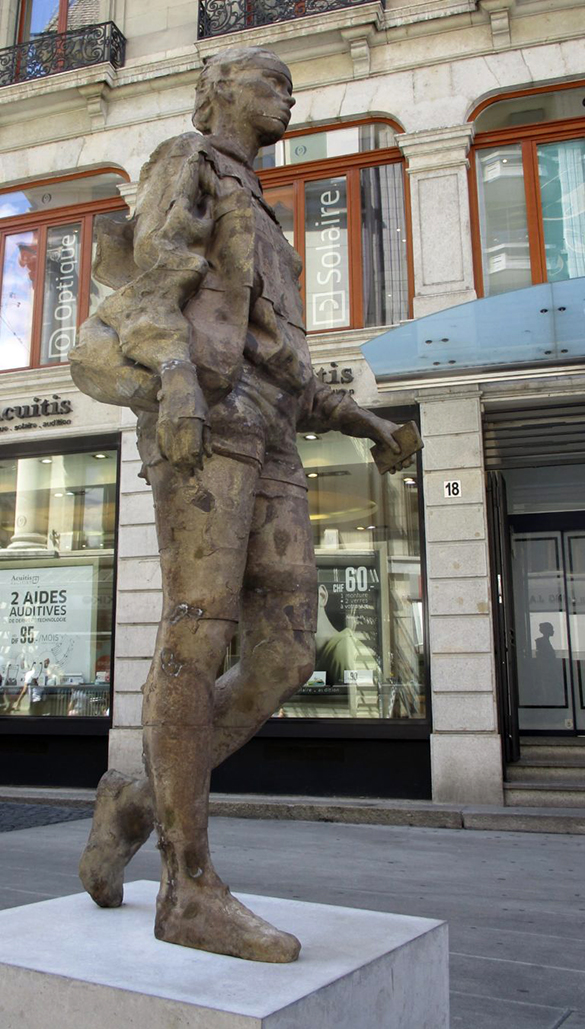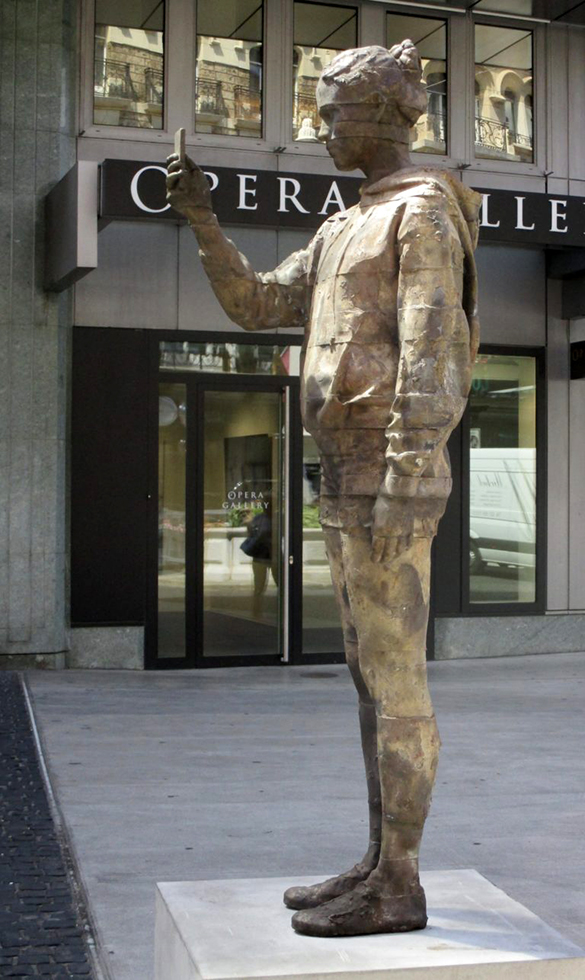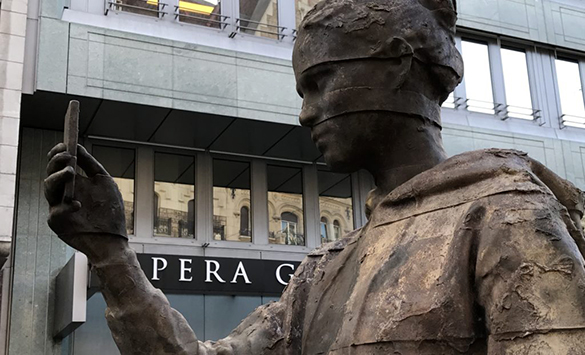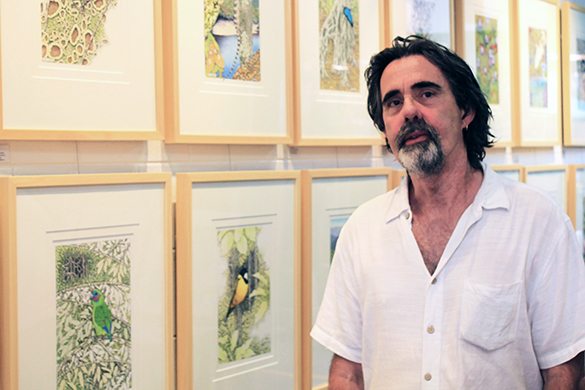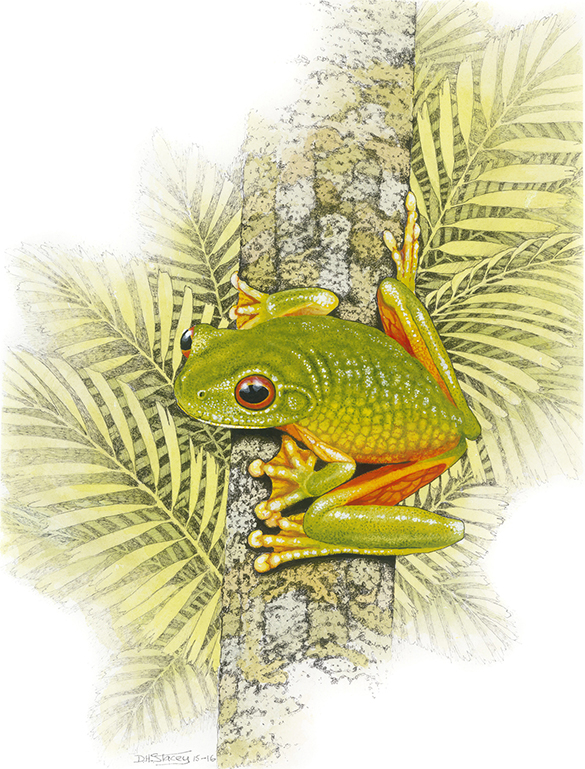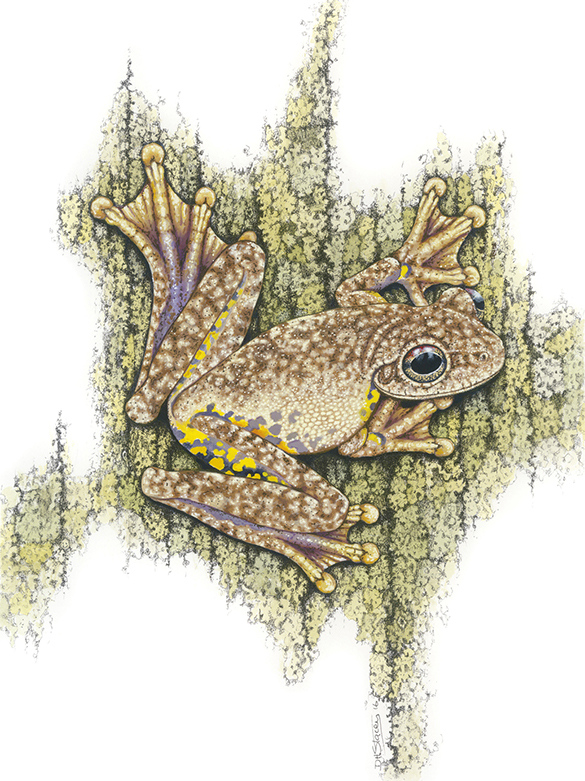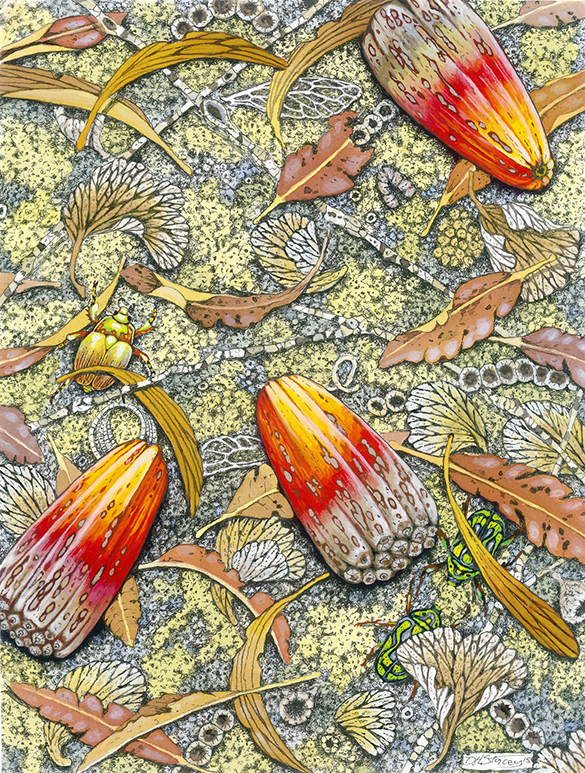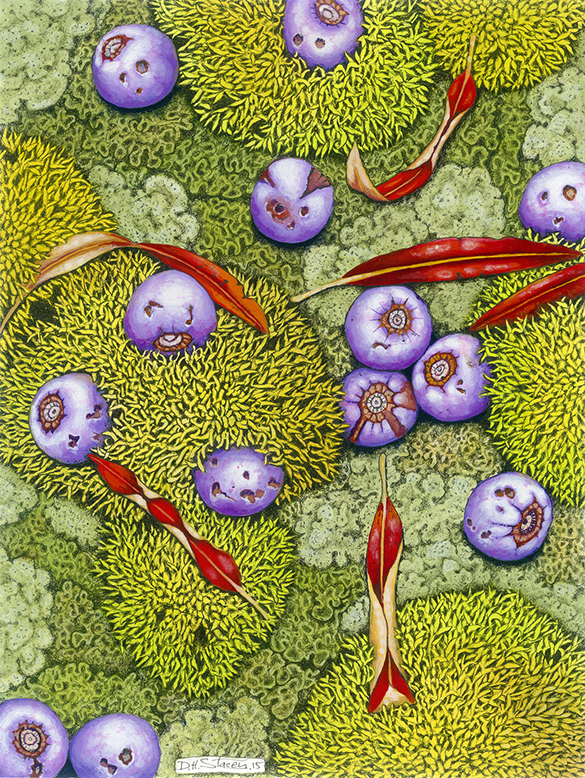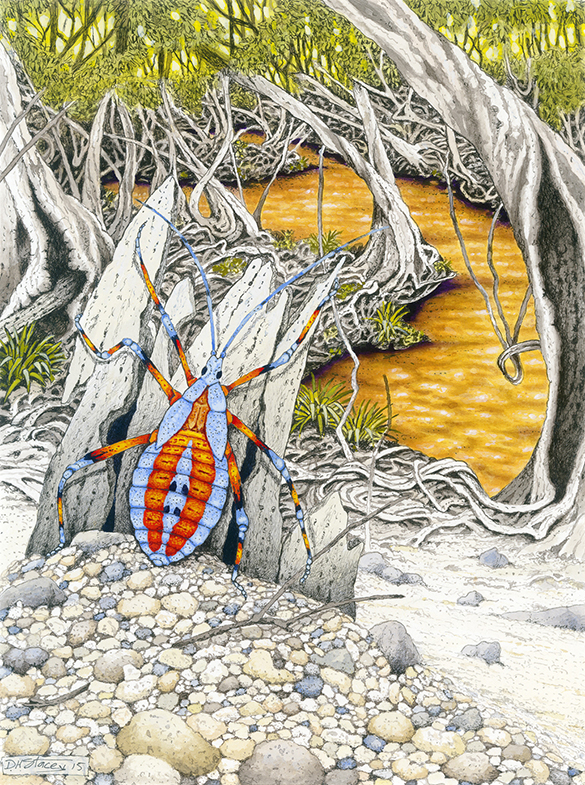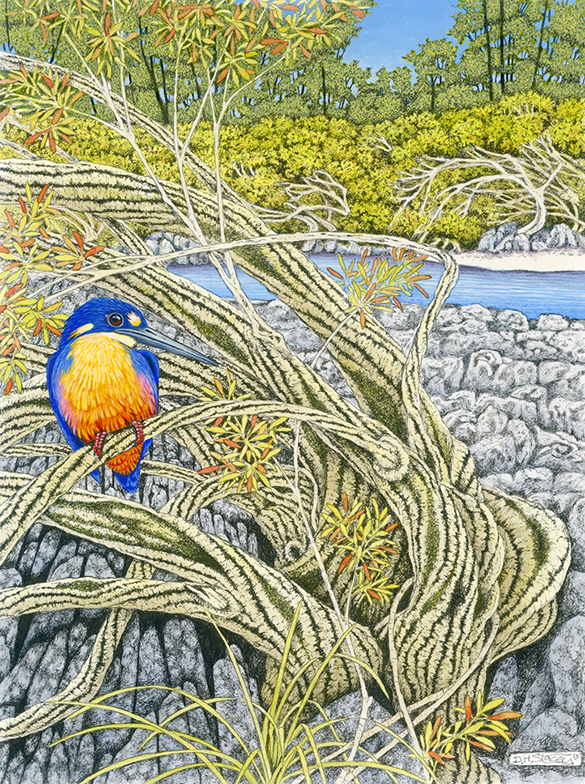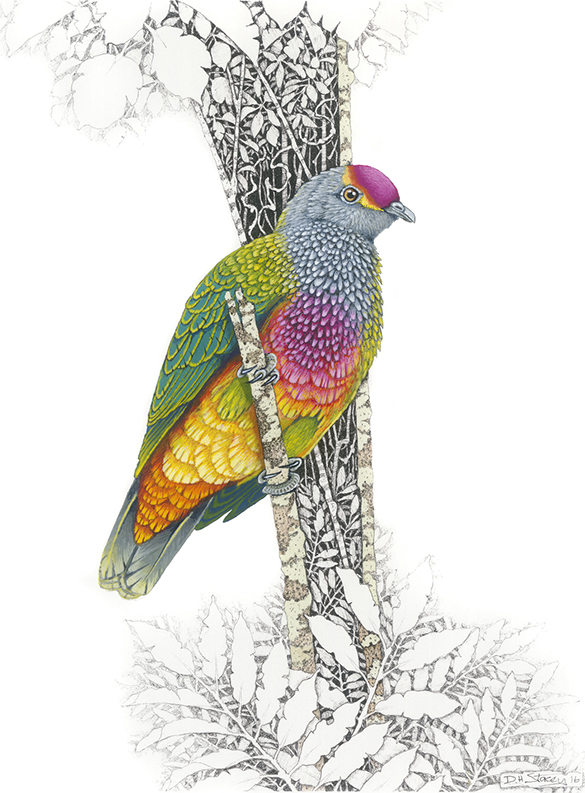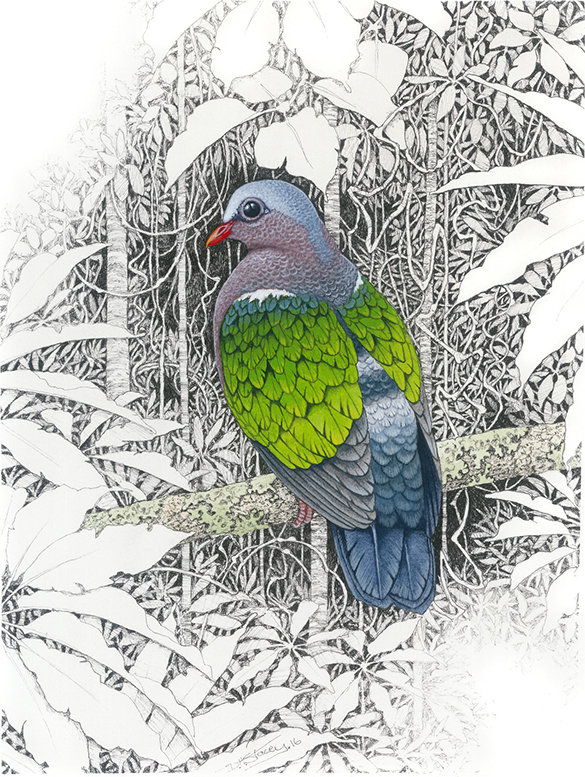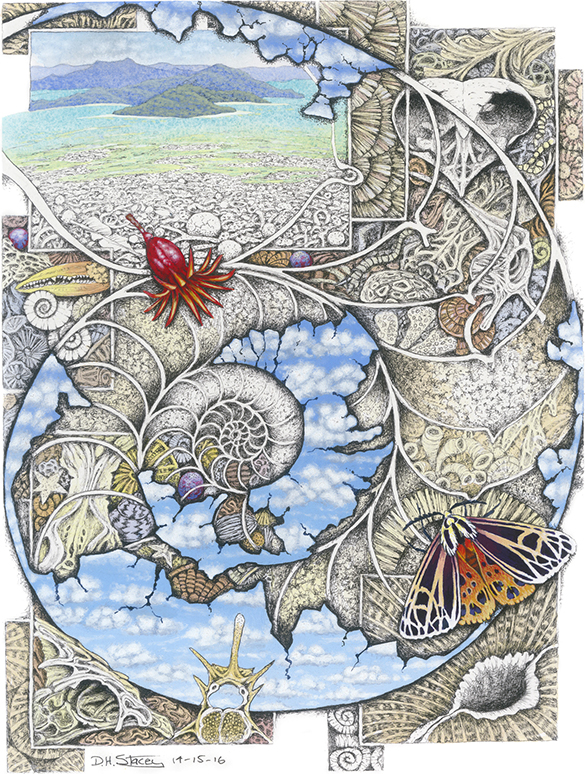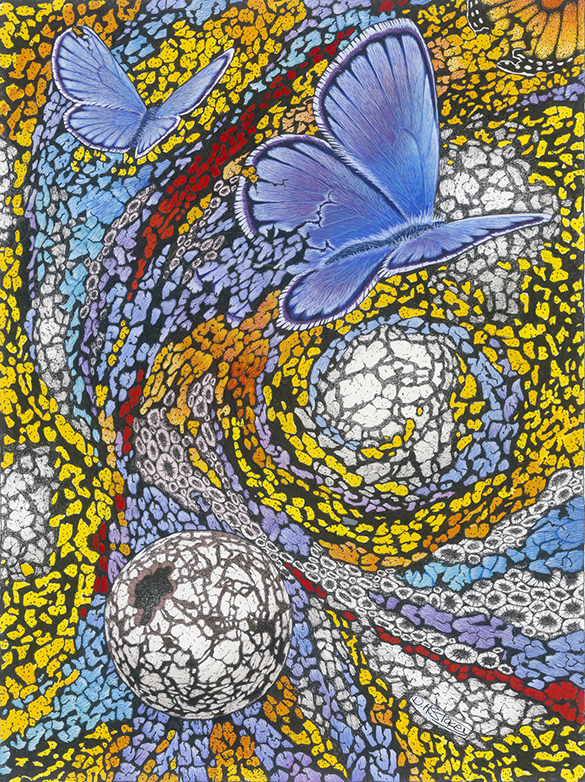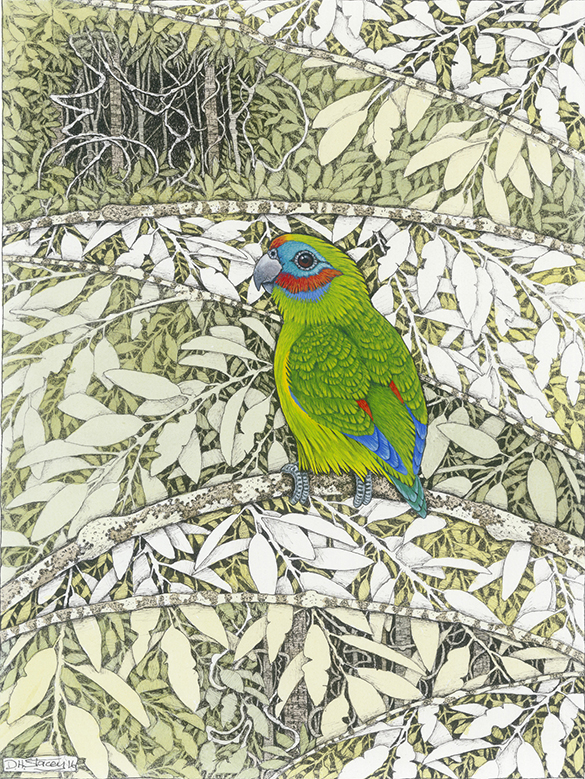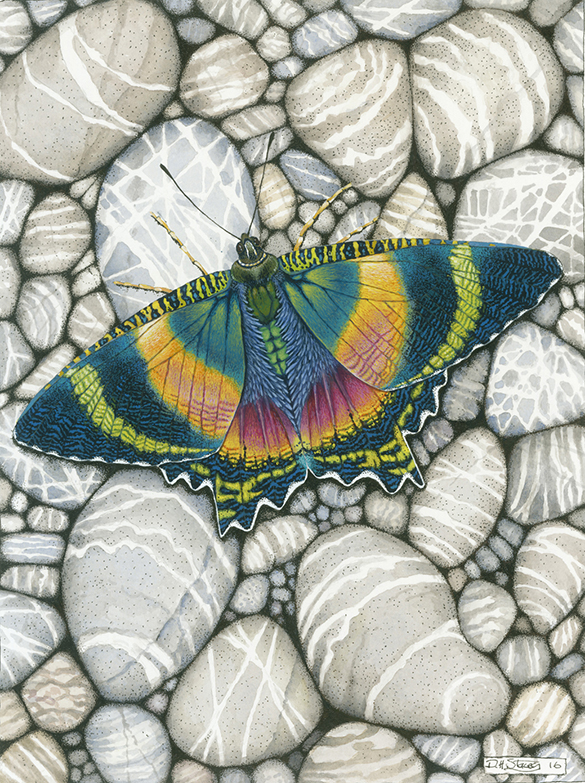That awful unexpected phone call. He’s dead. Your world kind of crumples. Incomprehension. Nausea. Anger. Family members converge from all over; they hang on each other’s necks and sob. Fast forward three weeks. Boat-scattered ashes and roses intermingle on the surface of a river with two hundred friends and relatives cheering. A fitting send-off for this big-hearted husband, brother, father and friend loved and admired in equal measure. Poignant, almost joyful, beautiful stuff.
Do not believe that your sudden death or a sudden death in your family is not in the deck of cards from which fate is dealing your hand. For your family’s sake, think now about the possibility of your sudden death. Have you written a will? Where is it? If it is not obvious, who is your formal next-of-kin? And if that person is indisposed, who might stand in? Make sure someone knows what you want done. Do you want to be an organ donor? Do you want to be buried or cremated? Do you want a religious or non-religious ceremony? Where will the grave be or the ashes scattered? Is there a charity you would like to support as an alternative to people paying for flowers or gifts? It is surprisingly important for your family to know what kind of music you would want played.
All your paperwork will be required by your family. Can someone else find your bank accounts, insurance policies, birth and marriage certificates, passport, national health card, your doctor’s name and address, national insurance number, mobile phone provider, your address book and many more. Accounts have to be accessed and closed. Make sure that passwords can be retrieved. I cannot stress this enough, make sure passwords can be retrieved.
And so to the family. You will find yourselves having to function practically in new emotional territory precisely when you are all in emotional turmoil. You will face a mountain of tasks. First, how do you tell everyone who has to be told? There is an outgoing phase of painful telephone calls, emails and facebook messages. Be prepared for the incoming phase from distressed family, friends, former colleagues, old school pals, team mates etc. Be prepared for people calling round throughout the day. Be prepared for their emotions. Be prepared for his mobile phone ringing. Be prepared for bizarre comments (such as a suggestion that the grieving wife might find solace in on-line dating!) Be prepared for more flowers than the house’s vases can accommodate. Be prepared for bundles of cards ranging from the touching, to the cute and even the distasteful. Be prepared for more cakes, casseroles and home-made biscuits than you all can possibly eat. Be prepared to be bowled over by peoples’ kindness. Be prepared to hear so many times “If there’s anything at all that we can do…” Just smile and say “Thank you.” Throughout all this, you will find steel friends.
Seemingly small practicalities kick in hard. Did he pay the car insurance that was due? Didn’t he have a dental appointment this week? Should we inform the police that there is no longer anyone with a shotgun certificate for the shotgun in the safe upstairs?
And there is more. Much, much, more. Be prepared, in parallel and from the first day, for the legal and administrative matters relating to a sudden death. This – in the UK – involves the police, a funeral director, the coroner’s office and the registrar of births, deaths & marriages. The procedures and papers to be completed are different from those of an expected death. For example, there is no medical certification of death. A heavyweight moment for everyone is the formal next of kin being informed of the cause of death. This precipitates another wave of outgoing messages to those who said they wanted to know.
The officials you deal with in person or by phone can be caring and sympathetic or they can be infuriatingly incompetent and rude. All is set to test your self-control. For any meeting or signing, carry all his official documents and carry all your official documents and proof of address. Make sure you have cash and that credit card payment will not be rejected. Certificates and services such as cremation have to be paid for up front. See your bank manager as early as possible. Probate, life insurance, pensions and savings have to be taken in hand. You will find on-line how to inform different government agencies such as those responsible for driving licence, tax, passport, health care etc.
In the first two weeks, one person should be the point of contact for and coordinate all this on behalf of the family. At all costs, avoid misunderstandings and confusion. Buy a book to write everything in. Record all contacts, meetings, telephone numbers and decisions. Encourage everyone to write any new contacts, suggestions or developments in it. Have a “team meeting” each day initially. Opinions differ. Listen to others. Be flexible. Cry together. Hug.
A reality creeps up on you and sinks its claws in. There are “arrangements” to be made. This is where your time and energies are expended. The funeral director needs to discuss burial versus cremation, choice of casket, flowers, the urn for ashes and what kind of event is being planned (we went for and recommend a humanist ceremony), where and when. Ask questions. Say what you want. Be firm. And then… Do you want to view your dead husband, brother, father? What clothes is he going to wear? This stressful stuff comes with short deadlines, a need for rapid decisions and long daily to-do lists.
Discussions and decisions increasingly focus on the event that symbolises public grieving: the cremation, memorial service, the funeral, the wake, the scattering of ashes or combinations thereof. Its organisation by necessity starts early. Get it right. I repeat, get it right. This is so important for you. Do not leave things for tomorrow that can be done today. The team meetings really help. Share the tasks. Here’s a checklist: What would he want? What do you want? Where and when? Who will be in charge of the ceremenony? Will that person be religious, civil or humanist? (The funeral director will have people on their books. Meet them beforehand.) How do you announce the event whether to individuals, collectively and publicly? (We found social media very useful. The funeral director can organse a local press announcement) How long will the event last? Critically, how will it end? Who will write the eulogies? Who will read the eulogies? (Gulp!) Who will read what poems? What about songs? What is your estimate of how many people will come? Decisions have to be made about orders of service, flowers, food, drinks, music. How can guests contribute to the chosen charity? Visit the event location well beforehand. Develop a working relationship with whomever is in charge. Check the seating. Check the sound system and microphones. Who will cue the music? Will guests be asked to place a photo or object on a memory table? Will they write in a book? If ashes are to be scattered, where will this be, when and will this be in the presence of other mourners? Do you have permission to scatter them there? Avoid surprises.
A great send-off is a great part of healthy grieving. It really is possible to organise it in those difficult early days. Doing so brings the family together. So line it all up. Take a big breath in and let the show begin. Be ready for unexpected guests and expected gusts not coming. Be ready for tears. Lots of tears. Your tears, your familys’ tears and the tears of others. Tears are great ! Let it all out and you will feel, for the first time since the phone call, that maybe there is still a glimmer of sun behind that big, black, heavy storm cloud.
Print this out. Keep it safely. If you need it one day (and I hope you don’t,) you will really need it.


